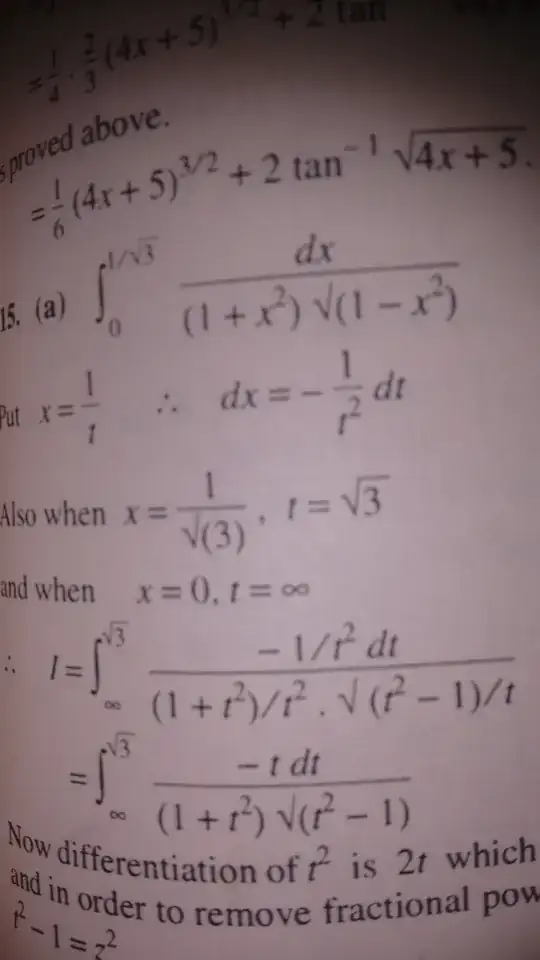We like to think about continuous functions. Everything to us is continuous, and the basics of physics and calculus, where limits came from, dealt mainly with continuous functions.
Why does that matter? Because a continuous function is exactly a function $f$ such that $f(x_0)=\lim_{x\to x_0}f(x)$.
So when we want to calculate, for example, $\lim_{x\to 2}x+1$, we know we can just put the limit into the function. Namely, $2+1$ and get $3$. This works great, $\lim_{x\to 2}\sqrt x=\sqrt2$ and $\lim_{x\to 0}e^x=1$.
But then we run into functions which are not continuous. Like $\frac1x$. Then when we calculate $\lim_{x\to 0}\frac1x$, we are tempted to replace $x$ by $0$, and obtain $\frac10$. But wait, we can't divide by $0$. So here we need to be more careful and investigate the limit by its definition.
$\lim_{x\to x_0}f(x)=L$ (meaning it exists and it equals to $L$), if for every small enough interval around $L$, we can find some other small enough interval around $x_0$, such that whenever $x$ is in that interval near $x_0$, $f(x)$ is in the interval near by $L$.
If no such $L$ exists, then the limit does not exist. We are sometimes being informal and say that the limit is $\infty$ or $-\infty$ if the function becomes eventually larger (or smaller) than any other real number.
Non-existence of limits
So we are back to the case of $\frac1x$ and $x\to 0$. The limit does not exist, since there is no real number which satisfies the definition. The limit is not $\infty$ either, since by approaching $0$ only from the positive side, we obtain increasingly larger positive real numbers; and by approaching from the negative side, we will grow further and further negative.
So the limit does not exist at all. Again, this can be mitigated by saying that you are not interested in the sign of the limit, and you sort of "glue" the two points together. Then the limit is $\infty$. But to say that without additional explanation is just bad pedagogy.
Indeterminate forms
So what are indeterminate forms? Our instinct to just plug in the limits into the function is strong, and we sometimes get meaningful values. But sometimes we get something like $\frac00$ or $1^\infty$ or even $0-0$.
These case cannot be "easily determined", and they need further investigation. For example, $\lim_{x\to 0}x-0$ has the form $0-0$, but it is clear why the limit is indeed $0$.
On the other hand, $\lim_{x\to 0}\frac{x^2}{x}$ is also $\frac00$, but simplification shows that it is in fact again $\frac1x$ so the limit does not exist in the strong sense of the word.
To sum up
Limits have a particular definition. And while it's very easy to forget it and assume our universe is entirely made of continuous functions, this is not true. So we can't quite plug in the limit into the equation and get it over with. Sometimes, it is clear why there is no limit, since the function does not "stabilize" into some value.
But in other times, plugging the limit into the equation will produce a situation where we cannot determine immediately whether or not there is a limit. Then we need to simplify the function, or investigate other routes for a solution (e.g. L'Hospital's rule).
